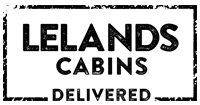Cabin Shells
BEDS
1-5
BATHS
1
SQFT
216– 2308
Our cabin shells are a great option that allows you to finish out the interior on your own, using your talents, but saves on the hard stuff – the framing and exterior – so you can go right into your DIY finish out project. Cabin shells are available on any of our models, with the exception of our RVIA Park models. Possibilities are endless with your own finish out options.


Given the popularity of factory-built cabins and cabin shells, there are hundreds upon hundreds of companies in the United States advertising cabin shells, which makes it even more critical that you, as the buyer, conduct your research beforehand when choosing one so you understand precisely what a company is selling.
Not all advertised cabin shells are created equal. A surprising amount of cabin shells are not built to any building code, which means they do not meet minimum standards for a dwelling and do not offer the safety that Leland’s certified cabin shells offer.

What a cabin shell includes:
- 1-5 bedroom options in any series floorplan (excludes RVIA models)
- Electrical rough in available dependent on state
- Subfloor installation included with subfloor spray foam insulation
- 216 to 2700 square foot options
- Lofted options available in Trophy Peak shells
- Interior framed to residential code with house wrap
- Louisiana Pacific Smart Board siding or Sherwin Williams Exterior Paint coating
Buying a factory-built cabin shell is a fantastic option to get a quick, well-built shell on your property to finish with your designs and material choices. Factory-built cabin shells can be completed in a few short weeks and delivered to your property.
The carbon footprint on your property is also significantly reduced since the construction occurs in the factory, not on your property.
Learn more about cabin shells
Fill out the form and one of our representatives will contact you with more information.
MORE OF WHAT YOU’RE LOOKING FOR
Using Style and Functionality to Make Your Life More Enjoyable.
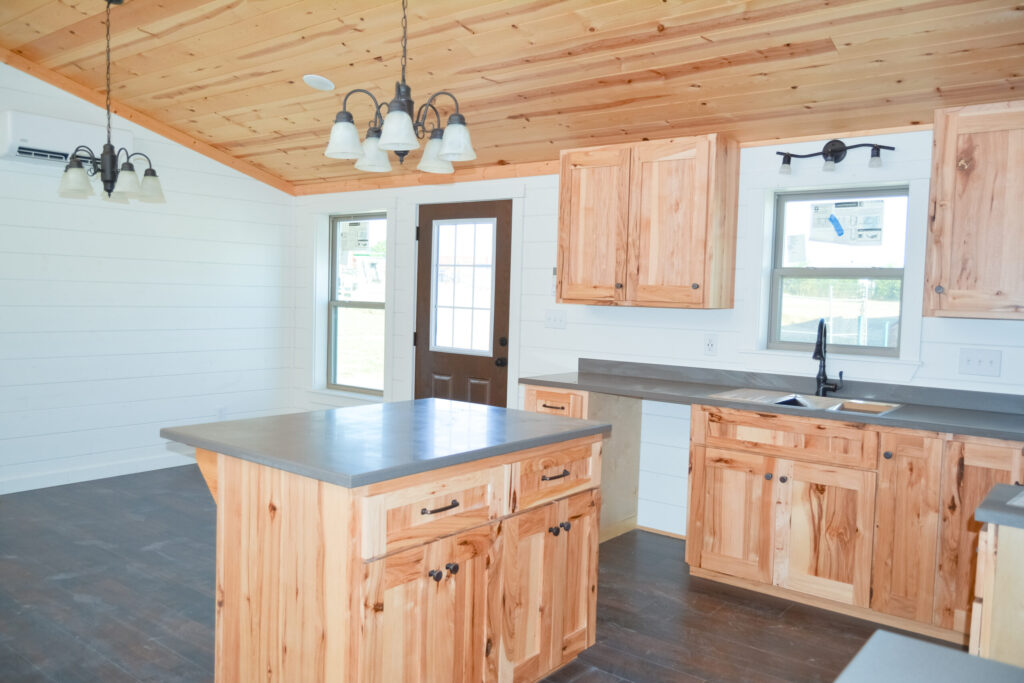
Residential Cabins
MORE FOR HOW YOU LIVE
Our residential cabins offer options from efficiencies to 5 bedroom cabins! Our Amish made cabins in Kentucky and our Mennonite prefab cabins in Texas are built with craftsmanship just for you!
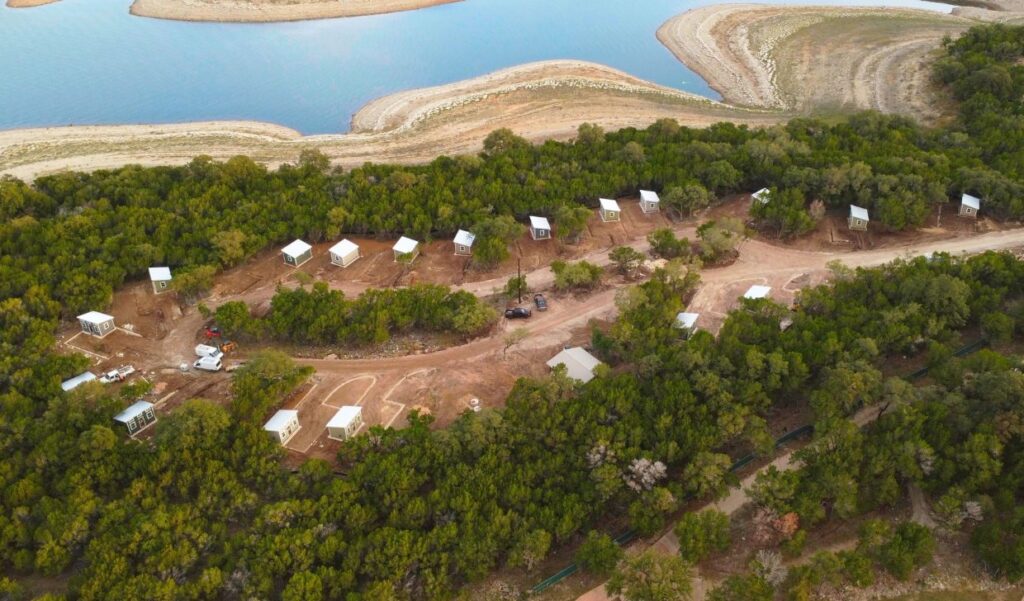
Commercial Cabins
MORE FOR HOW YOU WORK
Our commercial cabins can range in size and functionality. So, whether you are looking to set up a vacation rental, housing development, school, mancamp or campground; our design experts are here to make it happen.
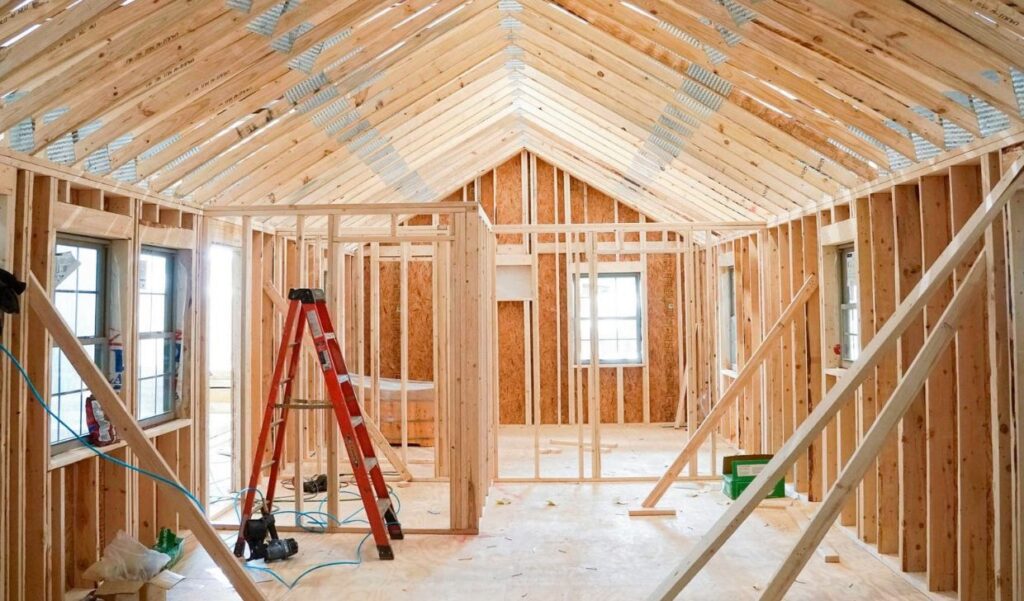
Cabin Shells
MORE FOR HOW YOU CREATE
Our prefab cabin shells are built to residential codes, so you can have peace of mind that you are starting your finish out project with a structure worthwhile of your time, and talents! Our cabin specialists will help you order the perfect sized cabin shell.
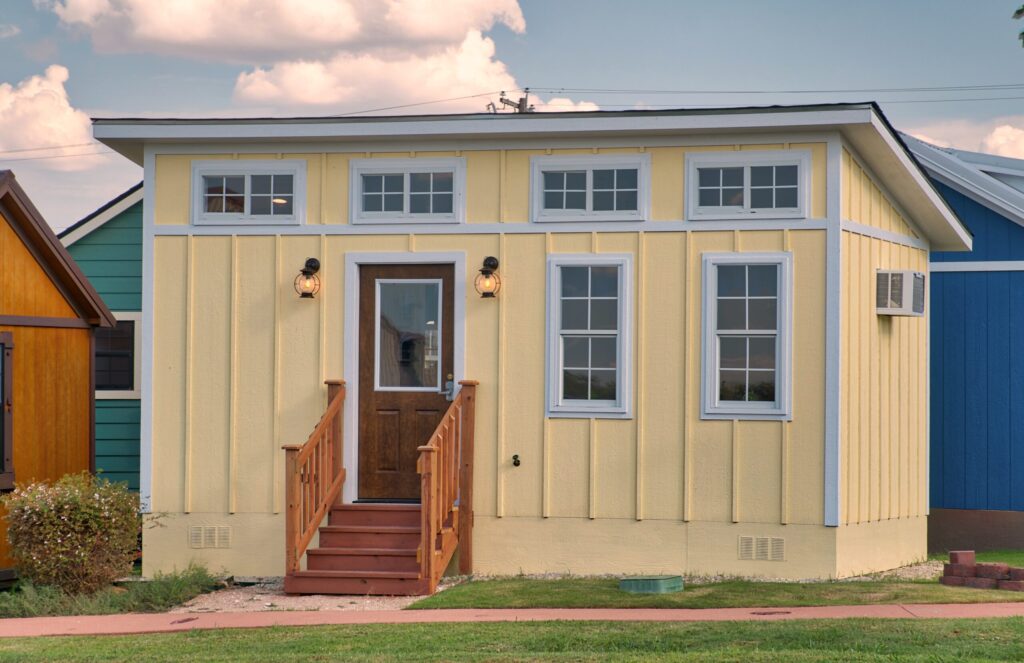
Tiny Homes / ADU’s
MORE FOR HOW YOU PLAY
Our tiny home and Accessory Dwelling Unit cabins are built tiny with a big personality! Our functional floor plan options offer even more personalization. These prefab cabins have each square foot optimized. Our tiny home collection may be small on square footage, but big on style and functionality!
